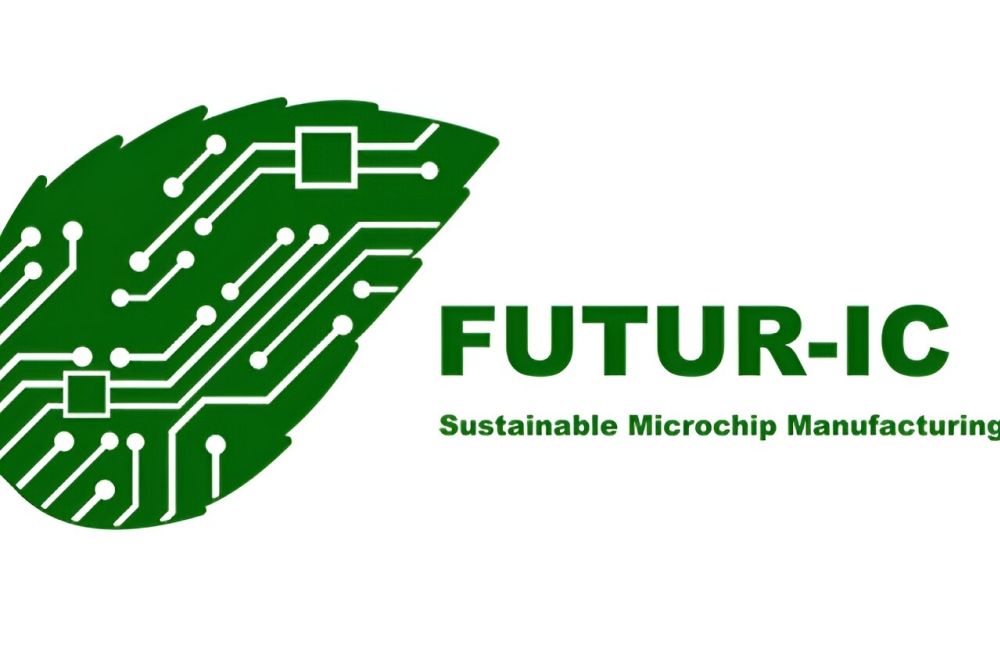MIT-led project wins NSF funding for microchip sustainability research

Following on from a successful Phase 1, the FUTUR-IC project has advanced to Phase 2 of the US National Science Foundation (NSF) Convergence Accelerator programme, winning a further $5 million to research sustainability across three dimensions of technology, ecology, and workforce, with a focus on electronic-photonic integration
The microchips behind everything from smartphones to medical imaging can be traced to about 500 megatonnes of CO2-eq lifetime emissions in 2021, and every year the world produces more than 50 million tonnes of electronic waste. Further, the huge datacentres necessary for complex computations like on-demand video, are growing and will require ten percent of the world's electricity by 2030.
“This is neither scalable nor sustainable, and cannot continue,” says Anuradha Murthy Agarwal, a principal research scientist at MIT's Materials Research Laboratory.
This is why Agarwal and colleagues have formed FUTUR-IC, a new Global Alliance for Sustainable Microchip Manufacturing, to research novel high-performance electronic-photonic integration technology while targeting circularity, with a STEM-trained green innovative workforce.
FUTUR-IC is the result of funding from the National Science Foundation (NSF) Convergence Accelerator's Track I: Sustainable Materials for Global Challenges, headed by Program Director Linda Molnar. It is aimed at solving especially compelling societal or scientific challenges to sustainability using a multi-disciplinary approach that both captures the full product life cycle through the advancement of fundamental science, and uses circular design to create environmental and economically sustainable materials and products.
On 15 December 2023 the NSF Convergence Accelerator announced that FUTUR-IC has advanced to Phase 2 of the programme. The new funding – $5 million over three years – will support ongoing research across the three dimensions of technology-ecology-workforce conceived during Phase 1.
FUTUR-IC, a reference to the future of integrated circuits, brings together stakeholders from industry, academia, and government. The market for microelectronics in the next 10 years is predicted to be on the order of $1 trillion, but most of the manufacturing supply chain for the industry resides only in limited geographical pockets around the world. FUTUR-IC aims to diversify and strengthen the supply chain for manufacturing and packaging of electronics and photonics.
The alliance already has 26 collaborators, and is growing. Current external collaborators include the International Electronics Manufacturing Initiative (iNEMI), Tyndall National Institute, SEMI, Hewlett Packard Enterprise, Intel, and the Rochester Institute of Technology.
Technology, Ecology, and Workforce
FUTUR-IC is organised into three dimensions – Technology, Ecology, and Workforce – that were defined with the help of feedback from some 140 stakeholders during Phase 1 of this NSF Convergence Accelerator programme.
“We have become accustomed to the benefits forged by the exponential growth of microelectronic technology performance and market size,” says Lionel Kimmerling, director of MIT’s Materials Research Laboratory and co-director of the MIT Microphotonics Center. “The ecological impact of this growth in terms of materials use, energy consumption and end-of-life disposal has begun to push back against this progress. We believe that concurrently engineered solutions for these dimensions will build a common learning curve to power the next 40 years of progress in the semiconductor industry.
“Dr Agarwal has uniquely created the vision and pathway to maintain technology growth using electronic-photonic integration, and reduce ecological footprint with lower energy consumption, use of legacy nodes for photonics, and easier access to repair and disassembly due to longer interconnects enabling spatially separable components. Her energy, collegiality, and leading-edge contributions to the science of chipmaking have combined to build the research teams that underlie the FUTUR-IC Global Alliance for Sustainable Microchip Manufacturing. The Alliance is fortunate to have her leadership and her vision to guide Technology, Ecology and Workforce into the next stage for the industry.”
Image credit: FUTUR-IC, a new Global Alliance for Sustainable Microchip Manufacturing



































